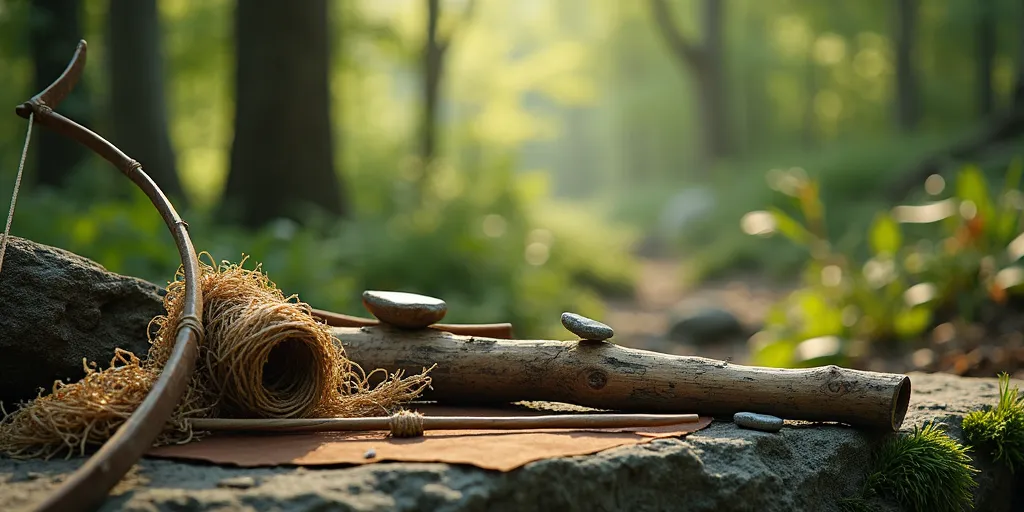To make a bow and arrow for hunting, you will need a few essential materials and tools. Start by selecting a straight and flexible piece of wood for the bow, such as yew, hickory, or ash. Cut the wood to your desired length, typically around 5-6 feet long, and carve it into a bow shape with a slight curve.
Next, notch the ends of the bow to attach the bowstring securely. For the bowstring, use a strong and durable material like Dacron or Fast Flight. Measure and cut the string to the appropriate length, ensuring it is taut when strung on the bow.
For the arrows, choose straight and lightweight wooden shafts.
Cut the shafts to your desired length, typically around 2-3 feet long, and sharpen one end to create a point. Attach feathers or fletchings to the other end of the arrow to stabilize its flight. Finally, secure a metal or stone arrowhead to the pointed end of the arrow for hunting purposes.
Practice shooting your bow and arrow to improve your accuracy and hunting skills. Remember to always prioritize safety and follow local hunting regulations when using your homemade bow and arrow for hunting.
What materials are needed to make a bow for hunting?
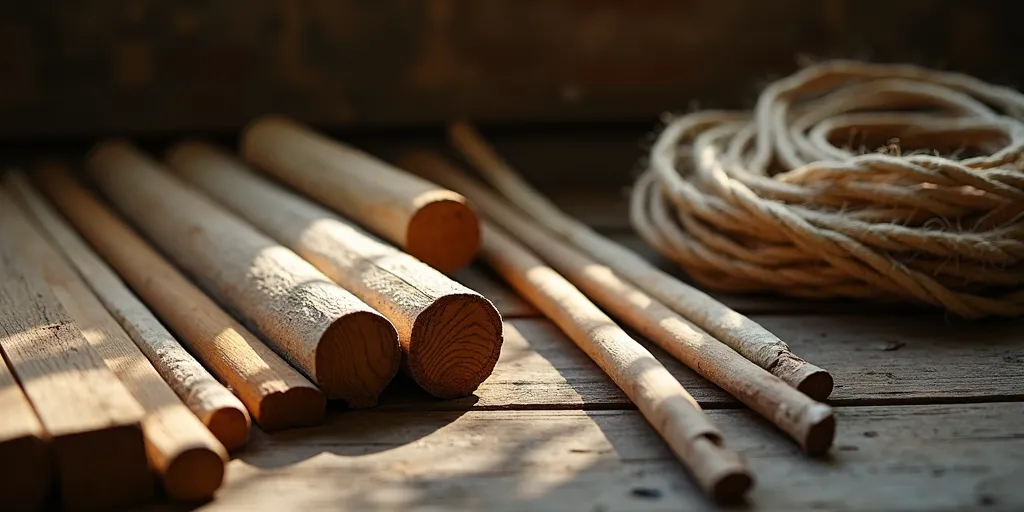
To make a bow for hunting, you will need a few essential materials. First and foremost, you will need a suitable piece of wood for the bow’s main body. Common choices include yew, hickory, or osage orange, as these woods are known for their flexibility and strength.
You will also need a sharp knife or a rasp to shape the wood into the desired bow shape. Additionally, you will need a bowstring made of a strong and durable material such as Dacron or Fast Flight. It is important to ensure that the bowstring is the correct length and properly attached to the bow to ensure proper function.
Other materials that may be needed include a bowstring serving tool, arrow rest, and bowstring silencers to reduce noise. Finally, you may also want to consider adding a grip or handle to the bow for added comfort and stability while shooting.
By gathering these materials and following the proper steps for construction, you can create a functional and reliable bow for hunting.
How do you carve a bow from wood for hunting?
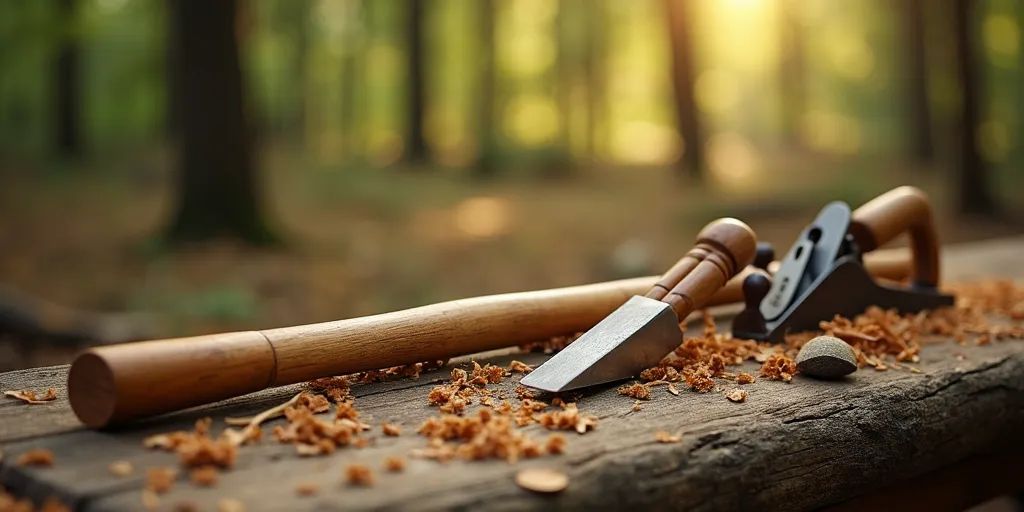
To carve a bow from wood for hunting, you will need to start by selecting a suitable piece of wood, such as yew, hickory, or osage orange, that is straight, strong, and flexible. Begin by cutting the wood to the desired length, typically around 5 to 6 feet long, and then mark the center of the wood to serve as the handle.
Next, carefully carve the limbs of the bow, tapering them towards the tips to create a smooth and even bend. Use a draw knife or rasp to remove excess wood, shaping the limbs to the desired thickness and width. Once the basic shape of the bow is formed, carefully tiller the limbs to ensure they bend evenly when drawn.
This can be done by stringing the bow and applying pressure to the limbs, adjusting as needed to achieve a balanced bend. Finally, sand the bow to a smooth finish, and apply a protective coating such as linseed oil or beeswax to help preserve the wood.
With practice and patience, you can create a functional and reliable bow for hunting that is both effective and rewarding to use.
What is the purpose of notching the ends of the bow?
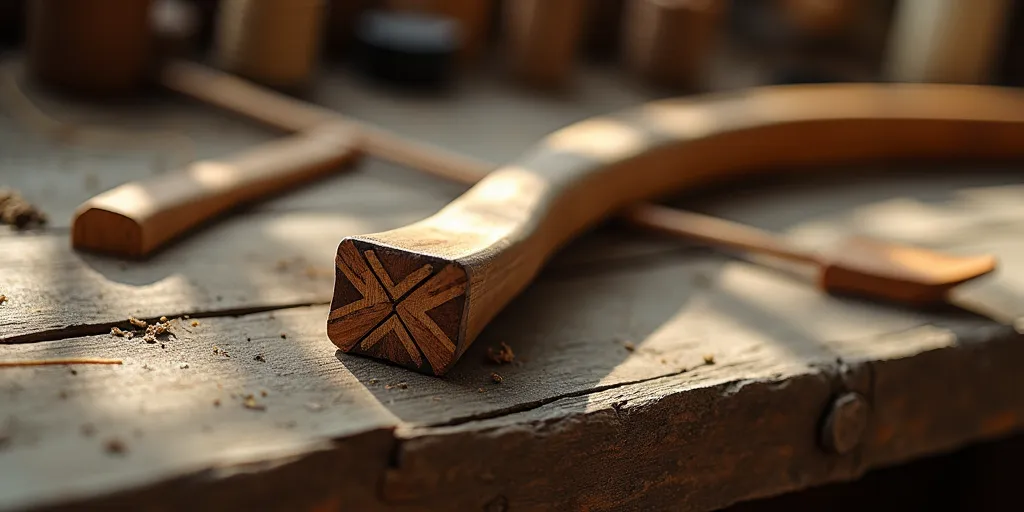
The purpose of notching the ends of the bow is to securely hold the bowstring in place and prevent it from slipping off during use. By creating notches at the ends of the bow, the bowstring can be easily and securely attached, ensuring that it remains in place while the bow is drawn and released.
This is essential for maintaining accuracy and consistency in shooting arrows. Notching the ends of the bow also helps to evenly distribute the tension of the bowstring, reducing the risk of breakage or damage to the bow.
Additionally, notching the ends of the bow allows for easy adjustments to the bowstring tension, enabling the archer to customize the bow to their preferred draw weight and shooting style. Overall, notching the ends of the bow is a crucial step in preparing the bow for use, ensuring that it functions effectively and safely during archery practice or competition.
How do you choose the right material for a bowstring?
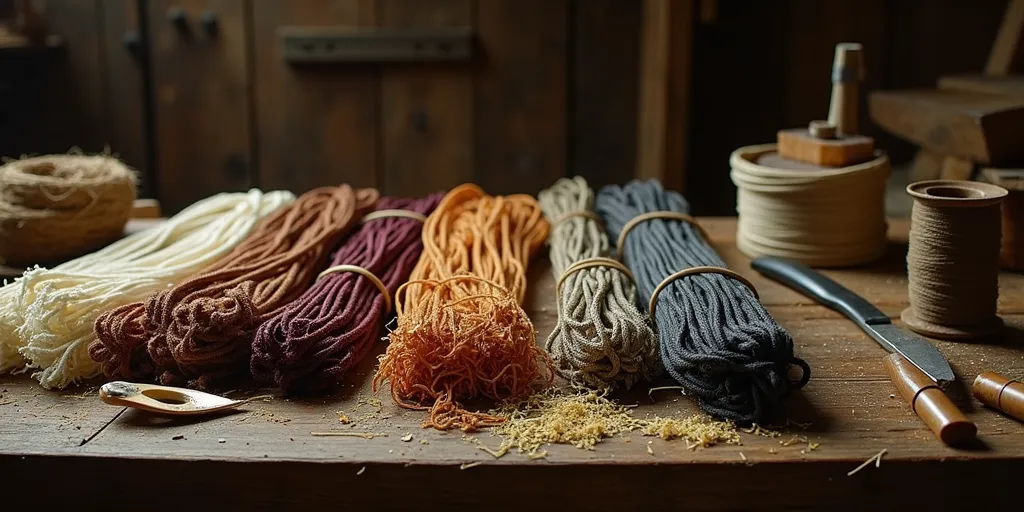
When choosing the right material for a bowstring, it is important to consider several factors to ensure optimal performance. Firstly, the most common materials used for bowstrings are Dacron, Fast Flight, and Dyneema. Dacron is a durable and stretchy material that is ideal for beginners or traditional bows.
Fast Flight is a high-performance material that is lightweight and offers faster arrow speeds, making it suitable for modern compound bows. Dyneema is another popular choice due to its high strength and low stretch properties, making it ideal for high-performance bows.
Additionally, consider the draw weight and length of your bow when selecting a material for your bowstring. Heavier draw weights require stronger materials to withstand the tension, while longer bows may require more stretchy materials to accommodate the length.
It is also important to consider the type of shooting you will be doing, as different materials offer varying levels of speed, durability, and noise reduction.
In conclusion, when choosing the right material for a bowstring, consider factors such as the type of bow, draw weight, bow length, and shooting style to determine the best material for your specific needs.
By carefully evaluating these factors, you can select a bowstring material that will enhance your shooting experience and improve your overall performance.
How do you attach feathers to an arrow for stability?
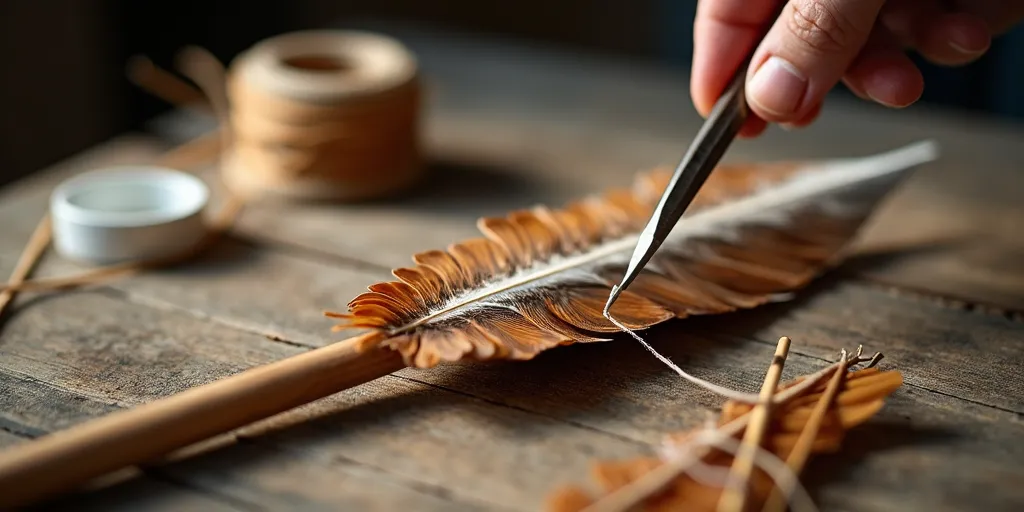
To attach feathers to an arrow for stability, you will need a few key materials and follow a specific process. First, gather your supplies, including feathers, glue (such as fletching glue or super glue), and a fletching jig. Next, prepare the feathers by cutting them to the desired length and shape.
Then, apply a small amount of glue to the base of the feather and carefully place it on the arrow shaft, making sure it is aligned properly. Use the fletching jig to hold the feather in place while the glue dries, ensuring a secure attachment. Repeat this process for each feather, spacing them evenly around the arrow shaft for optimal stability.
Once all feathers are attached, allow the glue to fully dry before using the arrow. This method of attaching feathers to an arrow will help improve its stability and accuracy when shooting.
Remember to practice proper safety precautions when working with glue and sharp objects, and take your time to ensure a precise and secure attachment of the feathers to the arrow shaft.
Why is it important to practice shooting your bow for hunting?
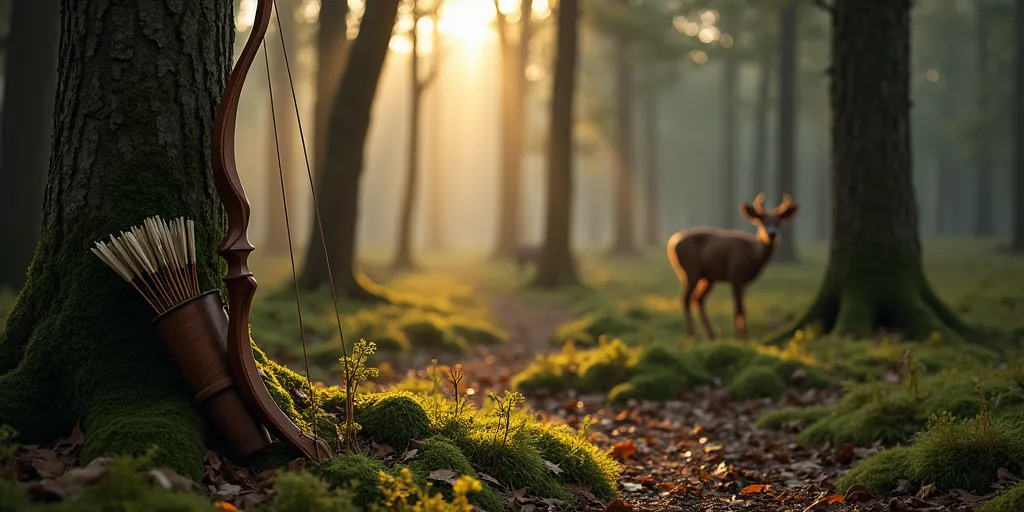
It is important to practice shooting your bow for hunting for several reasons. First and foremost, practicing your shooting skills will help you become more accurate and consistent in hitting your target. This is crucial when hunting, as a well-placed shot is essential for a quick and humane kill.
Additionally, practicing shooting your bow will help you become more familiar with your equipment, including your bow, arrows, and any accessories you may use. This familiarity will increase your confidence and comfort level when out in the field, leading to better performance overall.
Furthermore, regular practice will help you develop muscle memory and improve your form, leading to more efficient and effective shooting technique. Finally, practicing shooting your bow regularly will help you stay in shape and maintain your physical fitness, which is important for endurance and stamina during long hunting trips.
In conclusion, practicing shooting your bow for hunting is essential for improving accuracy, familiarity with equipment, confidence, technique, and physical fitness, all of which are crucial for a successful and ethical hunting experience.

